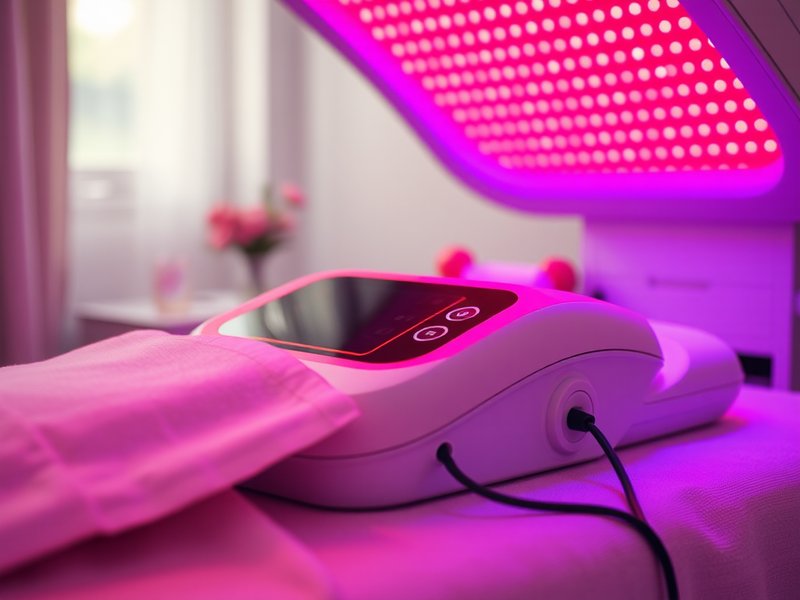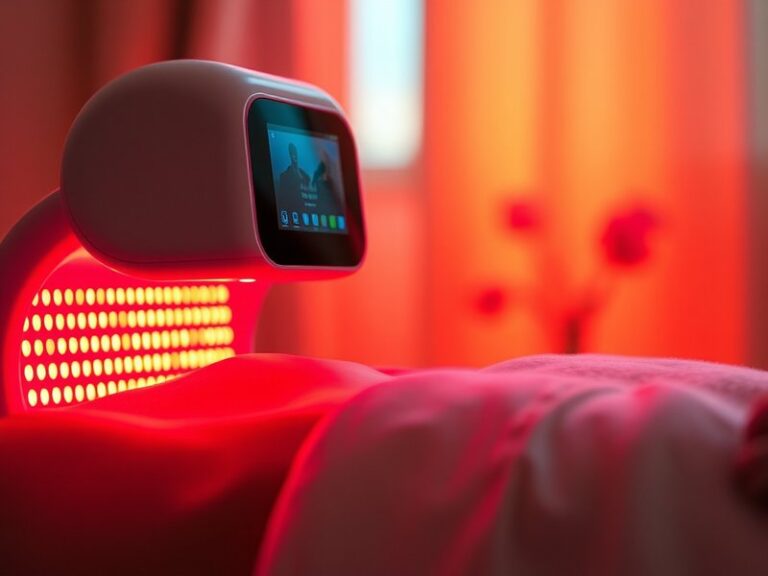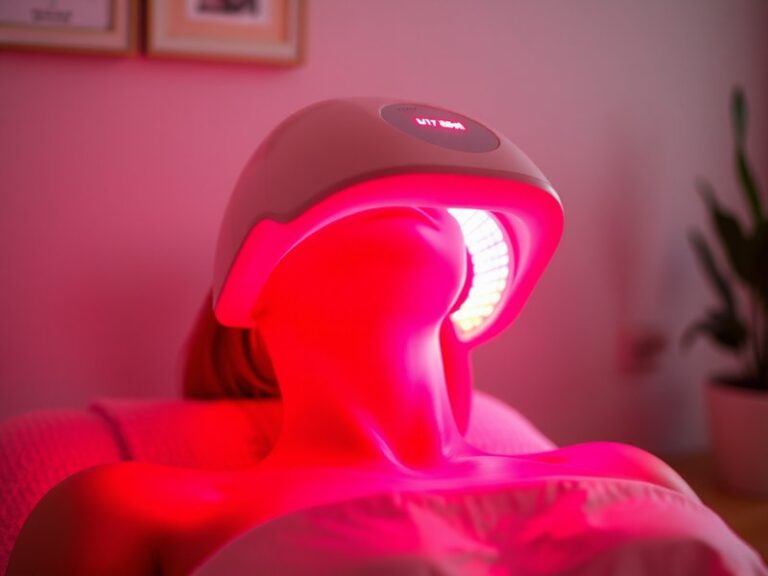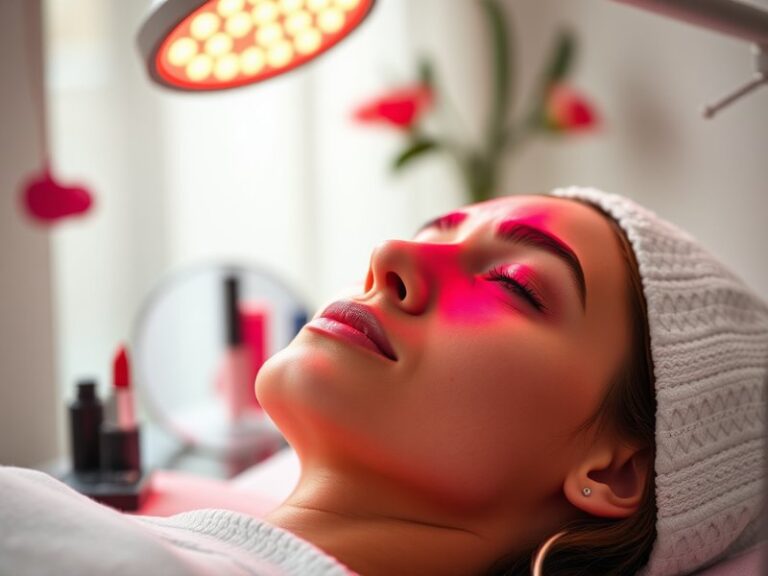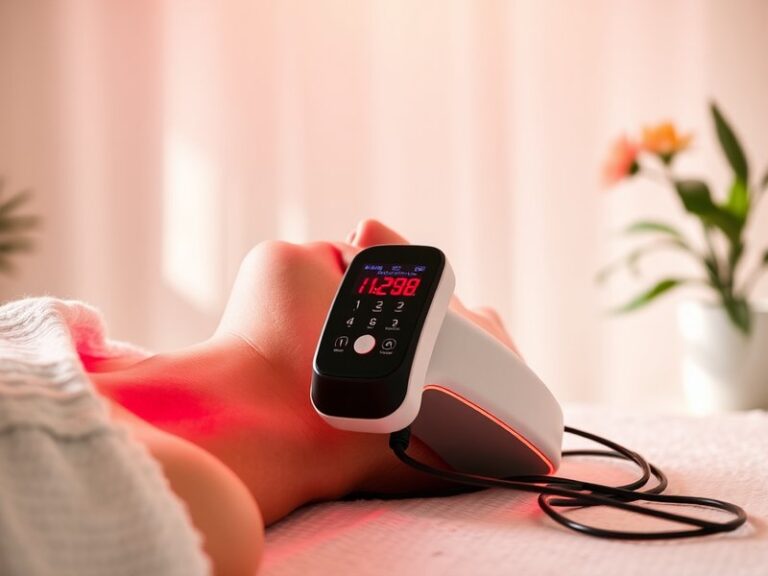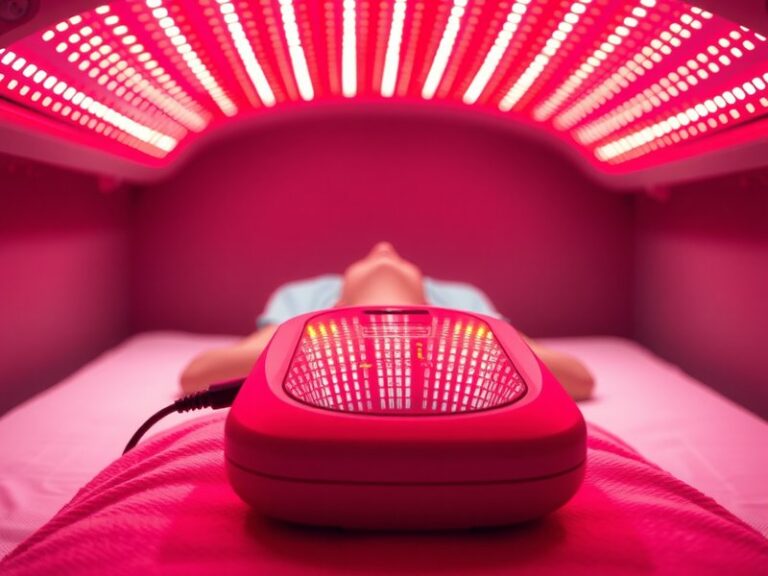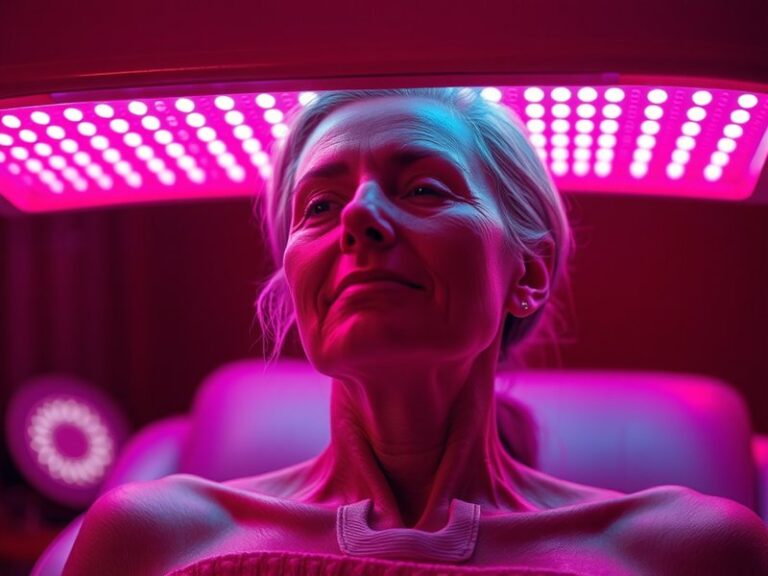What Are The Benefits Of Red Light Therapy Beds?
What Are The Benefits Of Red Light Therapy Beds?
Have you heard about red light therapy beds and wondered what they offer?
Red light therapy has become increasingly popular in health and wellness circles due to its promising benefits. This article will delve into the specifics of red light therapy beds, highlighting their advantages, considerations, alternatives, and answers to common questions.
Key Takeaways
- Red light therapy beds use specific wavelengths of light to promote healing and rejuvenation.
- They offer numerous benefits, including improved skin health, faster recovery from injuries, and enhanced mood.
- It’s crucial to consider factors like skin type and treatment duration before starting therapy.
What is Red Light Therapy?
Red light therapy (RLT) is a non-invasive treatment that utilizes low-level wavelengths of red light to promote various therapeutic benefits. Commonly delivered through LED devices or therapy beds, this form of light therapy is believed to stimulate cellular processes, helping to rejuvenate and heal the skin and augment muscle recovery.
Research indicates that red light penetrates the skin and energizes the cells, leading to increased ATP (adenosine triphosphate) production, which is essential for cellular energy. This process can encourage healing, reduce inflammation, and promote overall wellness.
What are the Benefits of Red Light Therapy Beds?
This section will explore the myriad benefits of using red light therapy beds, shedding light on how they can enhance your health.
Improved Skin Health
Using red light therapy beds can lead to significant improvements in skin texture and tone. Studies show that red light can stimulate collagen production, which decreases with age. As a result, many users notice reduced fine lines, wrinkles, and an overall youthful glow. Individuals suffering from skin conditions like acne or psoriasis also report enhancements after regular treatments.
Faster Recovery from Injuries
Athletes and active individuals often turn to red light therapy to expedite recovery from injuries. The therapy helps reduce inflammation and increase circulation, which speeds up the healing process. For example, a study demonstrated that athletes who used red light therapy after intensive training experienced less muscle soreness and improved recovery time.
Enhanced Mood and Sleep Quality
Red light therapy beds can also positively influence mental health. Exposure to red light has been linked to improved mood and reduced symptoms of anxiety and depression. Furthermore, some users report improved sleep patterns, which may be attributed to the calming effects of the therapy.
Pain Relief
Many individuals experiencing chronic pain conditions, such as arthritis or fibromyalgia, have reported that red light therapy helps alleviate discomfort. By promoting blood flow and reducing inflammation, it can serve as an alternative treatment for pain relief.
Hair Growth Stimulation
People suffering from hair loss may find hope in red light therapy as well. Research suggests that red light exposure can stimulate hair follicles, promoting new hair growth and improving hair thickness, making it a potential option for those with androgenetic alopecia or other types of hair loss.
Is it Possible to Achieve Results with Red Light Therapy Beds?
Absolutely! Many users achieve noticeable results after consistent use of red light therapy beds. However, results can vary based on skin type, condition being treated, and frequency of sessions.
What are the Advantages of Regular Use?
When you commit to regular sessions in a red light therapy bed, you might experience several advantages, including:
Consistent improvement in skin conditions as the therapy promotes healing over time.
Better management of chronic pain or recovery from injuries due to heightened cellular repair processes.
Enhanced overall wellness, reflected in improved mood and sleep quality, contributing to a healthier lifestyle.
Find out the truth in Can Red Light Therapy Treat Tinea Versicolor?
What are the Disadvantages of Regular Use?
While red light therapy beds are generally safe, some disadvantages might include:
Limited results for certain individuals depending on their specific conditions or skin types.
Potential skin irritation if used excessively or improperly.
The need for a time commitment to see optimal benefits varies among individuals.
What are the Things to Consider Before Using Red Light Therapy Beds?
Before beginning your journey with red light therapy, it’s essential to evaluate several factors.
Skin Type Consideration
Individuals with different skin types may respond differently to red light therapy. It’s crucial to consult with a dermatologist or trained professional to receive personalized advice before starting treatment.
Treatment Duration and Frequency
Determining the right treatment duration and frequency is crucial for maximizing therapeutic benefits. Most users find that sessions lasting between 10 and 30 minutes multiple times a week yield the best results.
Costs and Accessibility
While red light therapy beds are becoming more common in wellness centers and spas, the cost per session can be a consideration. Investigating local options and potential membership programs may allow you to find more accessible solutions.
Potential Sensitivities
It’s essential to be aware of any sensitivities your skin may have. Begin with shorter exposure times and incrementally increase the time to assess how your skin reacts.
What are the Alternatives to Red Light Therapy Beds?
If red light therapy isn’t the right fit for you, several alternatives can also offer benefits for skin health and recovery.
Topical Treatments
Many people opt for topical treatments containing retinoids, antioxidants, or peptides. These ingredients can promote skin renewal and combat signs of aging, similar to the results offered by red light therapy.
Cryotherapy
Cryotherapy involves exposing the body to extreme cold, which can reduce inflammation, promote recovery, and improve skin health. While different from red light therapy, it provides benefits for pain relief and recovery.
Microdermabrasion
Microdermabrasion is a non-invasive skin treatment that exfoliates the outer layer of skin. This process can improve skin texture and tone while addressing various skin concerns, similar to the effects of red light therapy.
Chemical Peels
Chemical peels use specific acids to exfoliate the skin, revealing a fresher complexion and improving skin conditions. While they involve a different mechanism, they can also yield significant improvements in skin health.
Conclusion: Is it Recommended to Use Red Light Therapy Beds?
Red light therapy beds present various benefits for users seeking to enhance skin appearance, recover from injuries, or improve their overall well-being. While individual results may vary, the positive testimonials and emerging research suggest that incorporating red light therapy into your routine could be worthwhile. As with any therapy, consider consulting with a healthcare professional to tailor the experience to your unique needs.
Frequently Asked Questions
How often should I use a red light therapy bed?
Many experts recommend 2-3 sessions per week for optimal results, but frequency may vary based on individual goals and skin sensitivity.
Explore Red Light Therapy and Weight Loss
Are there any side effects associated with red light therapy?
Generally, red light therapy is considered safe with minimal side effects. Some users may experience temporary skin redness or irritation if treatments are too frequent or lengthy.
Can I perform red light therapy at home?
Yes, home devices are available for red light therapy, though results may vary compared to professional treatments. Always follow usage guidelines for at-home devices.
How long does it take to see results?
Results can vary, but many users report noticeable improvements after several weeks of consistent therapy.
